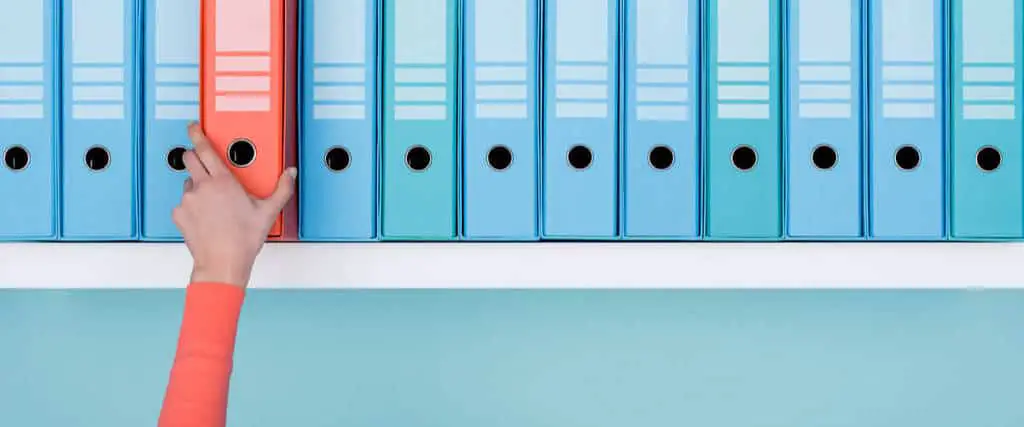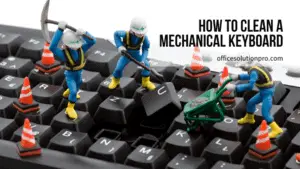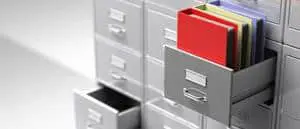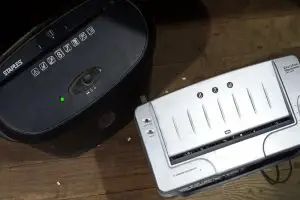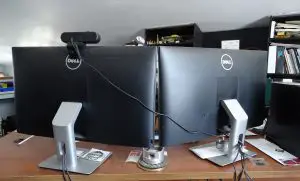When you are working at an office, you will soon realize that there is a lot of filing and organizing needed, as many small businesses still need to store easily retrievable paper documents on a daily basis. This is why many ask the question: how do I organize my small business filing system?
How to organize an office filing system? The best way to organize an office filing system is to decide your organization method first. Once you have done so, you can use file cabinets to safely store each file and folder in their corresponding category to make it easier for you to retrieve them.
If you’re not able to stay organized and keep a systematic way of putting files and papers away, you can quickly become overwhelmed by the amount of mess your office will soon have. In this post, let’s learn how to organize an office filing system and solve the question: how do I organize my work paperwork?
We hope you love our tips & how-tos. Office Solution Pro is supported by its readers. This post may contain affiliate links. We may earn a commission at no additional cost to you.
The Importance of Organizing Your Office Filing System
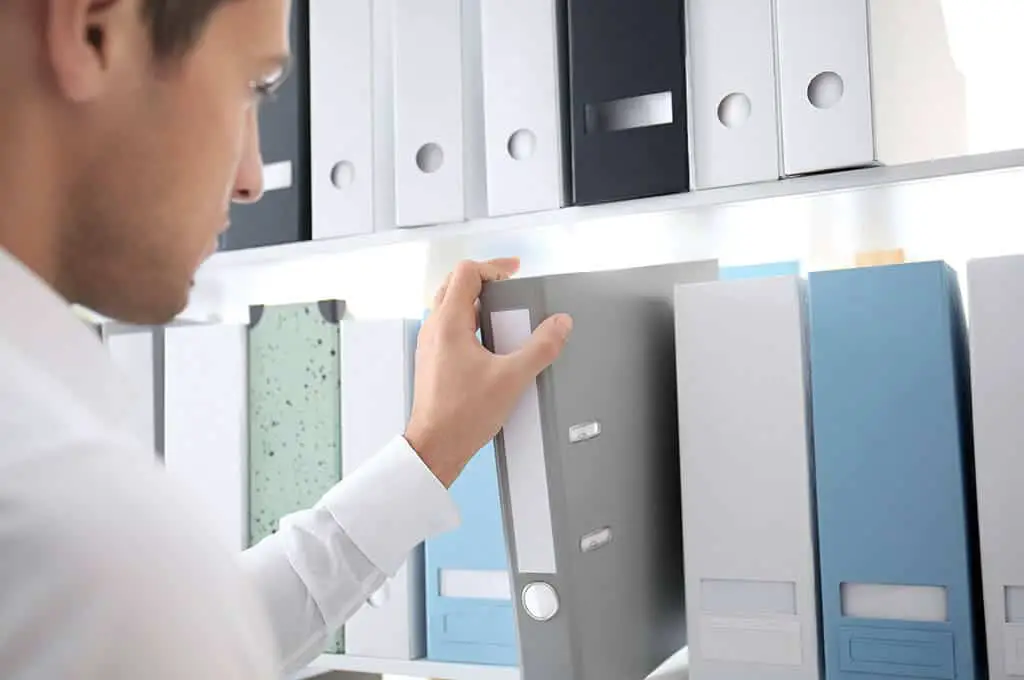
Organizing an office filing system can save you from future headaches from having a messy office.
If you neglect to create an organized office filing system, there’s a good chance that it will become more difficult for you to find the important files you need. Depending on how important those files may be, you may need to do even more paperwork for missing files and documents.
You wouldn’t want to deal with this kind of office nightmare now, would you? Because of this, it is important that as soon as you move into an office, you quickly realize that you will be dealing with a lot of files. Therefore, you need to create your own office filing system. This is why file cabinets are invaluable to offices.
With organized office space, you will surely be able to relax, knowing where all your important files are. You will also know how to find them immediately if the need for an urgent file arises.
Creating an office filing system may sound time-consuming and complicated at first. The hardest part will often be deciding where you want all of your files to go. However, once you make all the tough decisions, it will be easy to organize your work paperwork and maintain an organized office filing system.
How to Organize an Office Filing System
1. Decide the Organization Method
So, how can you improve the filing system in your office? Before you get started, the most important thing that you need to address first is deciding how you want to retrieve the files that you will be working with.
Some people prefer to work with typical filing cabinets, while others may want to keep their files in folders or binders and separate them out this way. There are even some people who would rather have the papers relatively unorganized but still sorted into categories based on different aspects of the files.
Before you can really begin organizing your office, you will need to determine how you will want to get the files you need. At the end of the day, it is about what suits you best. Let’s move on.
2. Accommodate the Office Space
Once you have figured out how you will be getting the files you need, you will want to move on to purchasing the necessary equipment and furniture to organize your office sufficiently. A rule of thumb is always to leave room for more files, whether you are working with a filing cabinet or countless binders of files.
There is only ever going to be an increase in files when you are working somewhere, so you should accommodate this when purchasing shelves and cabinets. You shouldn’t pack everything so tightly that you can’t make adjustments without taking down the whole system. Doing so can cause future headaches.
PRO TIP: If you have limited office space, consider checking and reading our post on the best file cabinets for small spaces. We have carefully selected the most compact file cabinets with surprising storage capacity. You’ll be sure to maximize and optimize the smallest workspaces anywhere you go.
If space is not as big an issue, decide if you want lateral or vertical file cabinets.
3. Select the Categorization Method
After you have figured out the organization method and accommodated your office space, you will want to consider how you want to categorize the different types of files. How the files should be separated depends almost entirely on your office’s sorting system.
For example, if you are working with folders, binders, and cases of files, you should separate them by adding labels to the containers, as well as labeling where those containers are stored. As always, you should leave enough space in each container to accommodate any new files, should they arrive.
If you are working with bookcases or filing cabinets, you can generally dedicate a shelf/drawer to each category in which you are sorting out your files.
4. Begin the Labelling Process
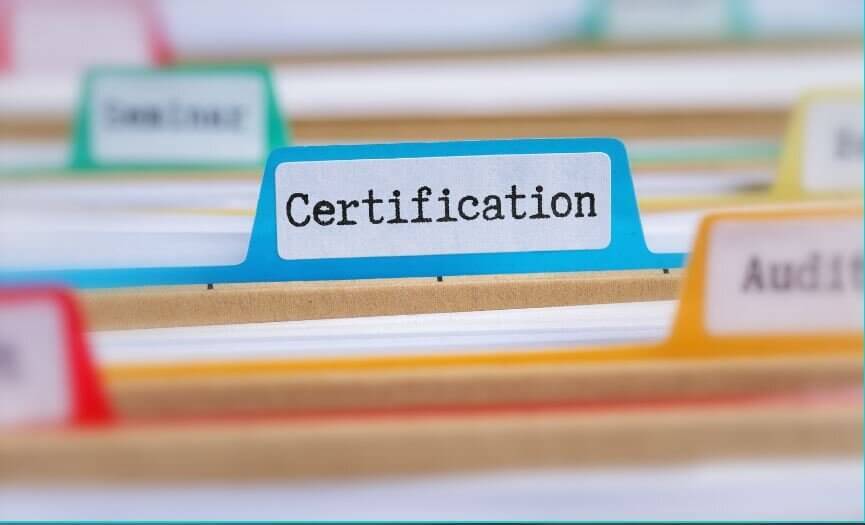
Sorting files and folders in categories can make your filing system much easier.
This process is often one of the most tedious parts of creating your own office filing system, but it is also one of the most important. You can begin creating different labels for all of the folders that contain files, as well as any containers for large amounts of folders that fall within the same category.
When labelling folders, you want to place the label at the folder’s edge. This is done to be visible to anyone looking at the folder. Doing so allows you to quickly find the files that you need without having to pick up every folder and search through it.
No matter what labeling system you choose, you should make sure that it remains consistent throughout the whole labeling process. This ensures that everything will be easy for you to find. If someone other than you needs to find a folder in your office, that person won’t have difficulty parsing through all the labels.
If you are working with shelves and filing cabinets, make sure that you label each shelf or drawer by the category of files that you are putting it on. You still want to make sure that you are labeling the ends of the folders while you are doing this so that you can easily spot categories of files you may need at any given time.
While it may take a while to label all of the folders, containers, shelves, and drawers that hold your files, it will be well worth it in the end when you can find what you need, anytime.
5. Organize the Papers
The final step of creating an office filing system is putting all the papers and files into their rightful places. When working with manila folders, you should always make sure to put the papers in the folder so that you will still be able to see the tabs of the manila folder.
This will ensure that your labeling is used and that you can spot the files you need immediately.
Again, you should always ensure that you are leaving enough space in folders, containers, shelves, and drawers so that you can add more files to them if you need to. When your containers reach maximum capacity, you can begin investing in more shelves, cabinets, and containers to put them in.
However, you should follow the same labeling process you went through the first time when labeling new additions to your office filing system.
PRO TIP: If you work from home and have more space, then investing in the best file cabinet for home office is the right way to go. Chances are, you want to have an organized office haven at home that can make your day a lot more productive. Check our reviews to find the best one for you.
Final Words
The KISS principle (Keep It Simple, Sweetheart) applies when trying to improve the filing system in your office, making it easy to use and grow. Having broad subject categories will also allow you to add new files as you expand, eliminating the need to reorganize your filing system regularly.
Now that you know how to organize an office filing system, you are well on your way to having an office that is neat and tidy. With the above tips, you can now organize your work paperwork efficiently. Maintaining a simple and organized office will also make it easier to integrate your paper and digital files in the future. 🙂
